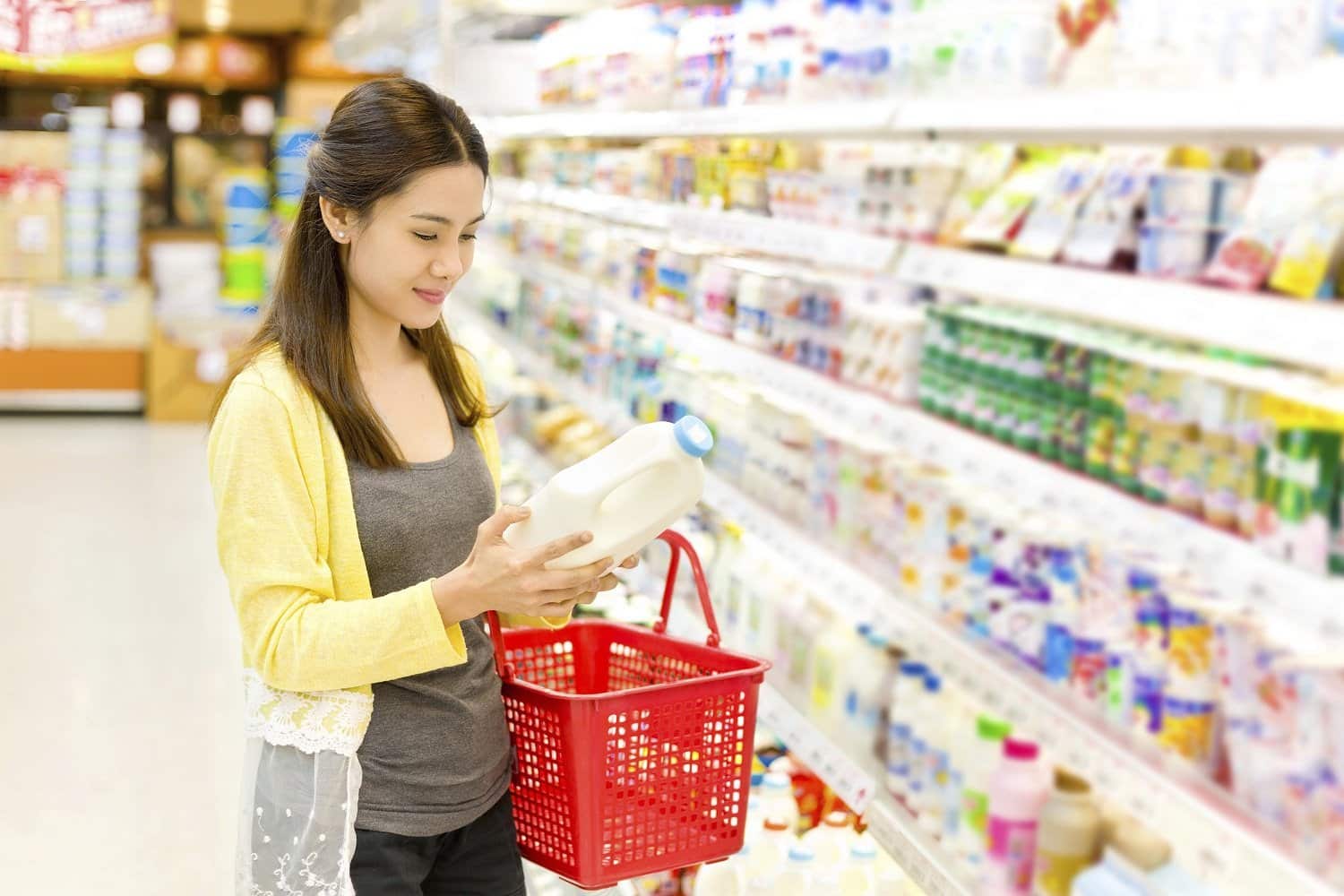At times although the food label says it is okay to be consumed, we have our doubts- you look at it and know it is not supposed to be ingested. Trust me, it is a thoroughly unpleasant experience to bite into a rotten piece of fruit or any food. The thing is practically crawling with microbes and these microscopic critters have evolved over time to taste disgusting as a way to fend off competitors- namely you.
Also, when exactly should leftovers become trash has fuelled the arguments of people of all races and ethnicities since the dawn of refrigeration.
But worry no more fellow hooman!
Scientists have now developed a low cost, portable, paper-based “smart label” that can detect spoilage and contamination of food and cosmetics, and provide easy to-read results.
The Clarkson University-based team behind the invention presented their findings at the 254th National Meeting & Exposition of the American Chemical Society.
“I’ve always been interested in developing technologies that are accessible to both industry and the general population,” Silvana Andreescu, Ph.D., says. “My lab has built a versatile sensing platform that incorporates all the needed reagents for detection in a piece of paper. At the same time, it is
adaptable to different targets, including food contaminants, antioxidants and free radicals that indicate spoilage.”What sets Andreescu’s sensors apart from others, she says, are the nanostructures they use to catch and bind to compounds they’re looking for.
Further, all the reagents needed to operate the device are incorporated in the paper, users don’t need to add anything other than the sample being tested.
The potential applications are wide-ranging. For example, much of her sensor work thus far has focused on detecting antioxidants in tea and wine. Andreescu, who’s at Clarkson University, and her colleagues have found that these products have unique antioxidant “fingerprints” that could be used for authentication purposes. The portable sensor could also be used by researchers exploring remote locations, such as the Amazon rainforest, in search of natural sources of antioxidants, she notes.
Andreescu hopes that the sensor can be used both in the food industry and by the general population, making it a tool you may see used in the future to detect food contaminated by disease. This tech is in its infancy, but the researchers envision incorporating this development into future labels to give clear readouts of when it’s time to toss spoiled food or cosmetics.






























